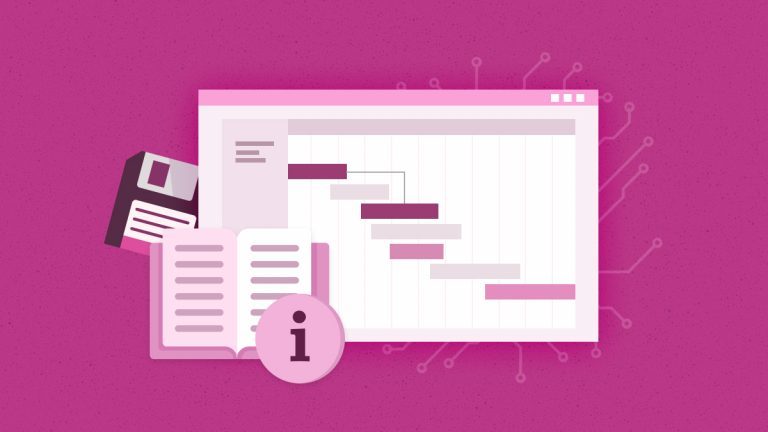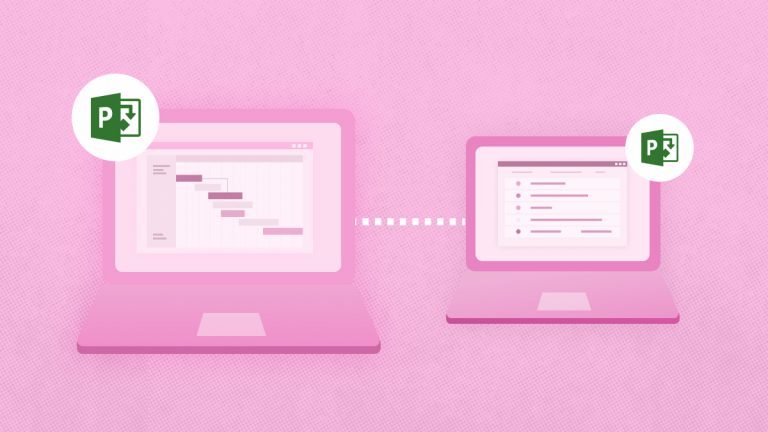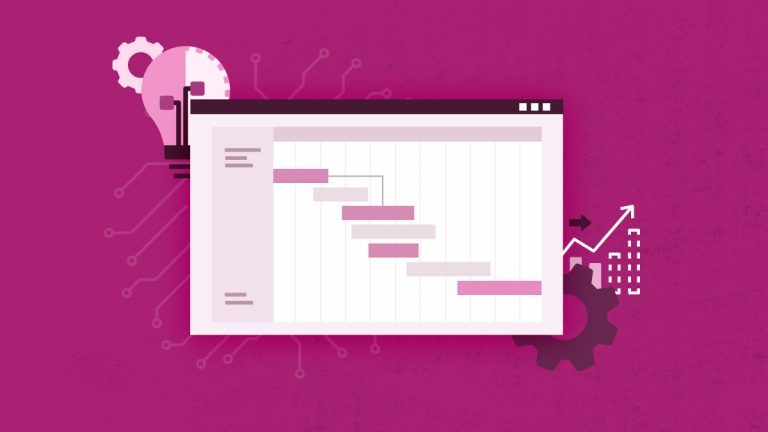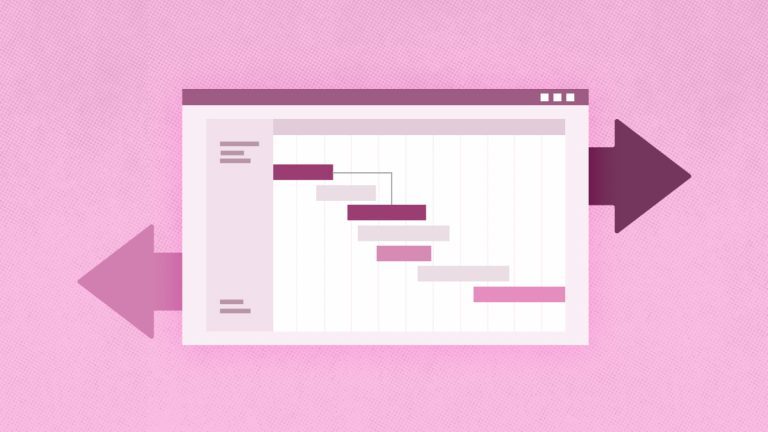
Anna Shalomova
PPM Consultant
The value of a Project Portfolio Management (PPM) capability for an organization has been well documented. After more than 40 years in existence, PPM is now an accepted best-practice enterprise capability. PMI enables faster decision making by presenting the most critical information in the simplest way possible, benefiting executives whose time is valuable.”
Achieving the benefits of PPM takes time and requires executive sponsorship, organizational commitment, and all other success factors in an enterprise initiative (that addresses people, process, and technology). Accepting the long-term approach for PPM can be difficult for an organization. This requires a continuous improvement approach toward PPM. Suppose the organization can focus on the “delivery of most critical information in the simplest way possible to the benefit of executives” on a continued basis. In that case, the long-term commitment to PPM by executives and the organization is ongoing.
To accomplish PPM continuous improvement, a Healthcheck approach can be used to review and improve the PPM process and tools in the organization. While this can be viewed as an overwhelming task, a simple way is to start with the result and work in reverse. In PPM, reports, dashboards, and visualizations enable decision support. Analyzing these PPM outputs and their meaningfulness to executives drives to dialogue on improvements. The next step is evaluating the inputs for PPM outputs which in most cases is the configuration of the PPM system to this end; a Configuration Audit plays an essential role in determining the meaningfulness of the reporting output for the PPM Process. For Project Online and Project Server, FluentPro Software provides Configuration Documentation and Configuration Audit tools that enable this analysis.
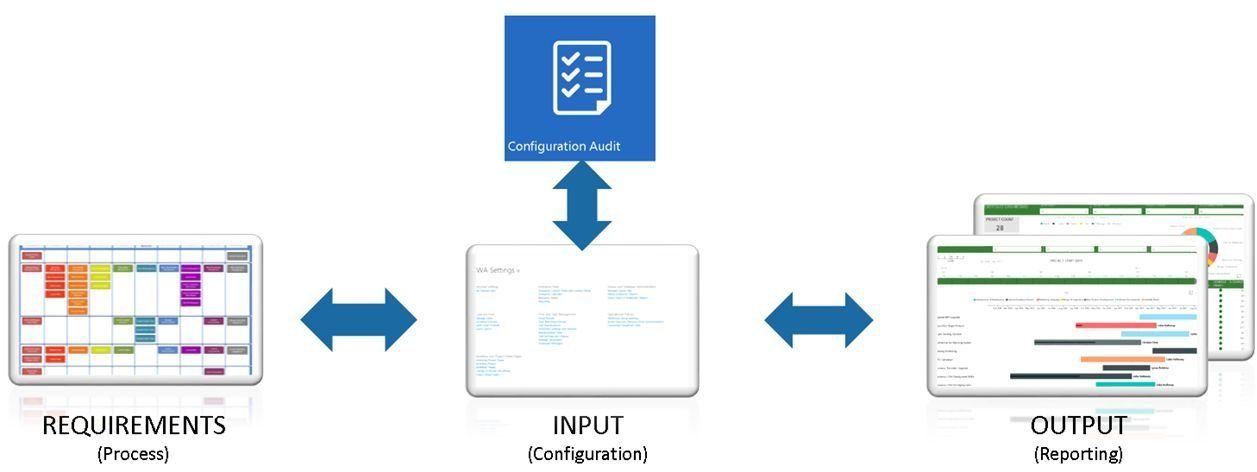
Configuration Audit analyzes documented configurations, highlighting areas for improvement in PWA configuration. The audit provides insights into enterprise data consistency, orphan data elements, and the analysis of configured custom fields on Project Detailed Pages.
The Configuration Audit Excel workbook uses various sheets for data on Enterprise Project Types, Workflows, Stages, Project Detail Pages, Lookup Tables, Fields, and Project Templates. It offers information on their general usage.
Additionally, the workbook includes sheets detailing the usage of PDPs, EPTs, Fields, Stages, and Views by other entities. For example, it shows how a PDP is applied to a specific EPT.
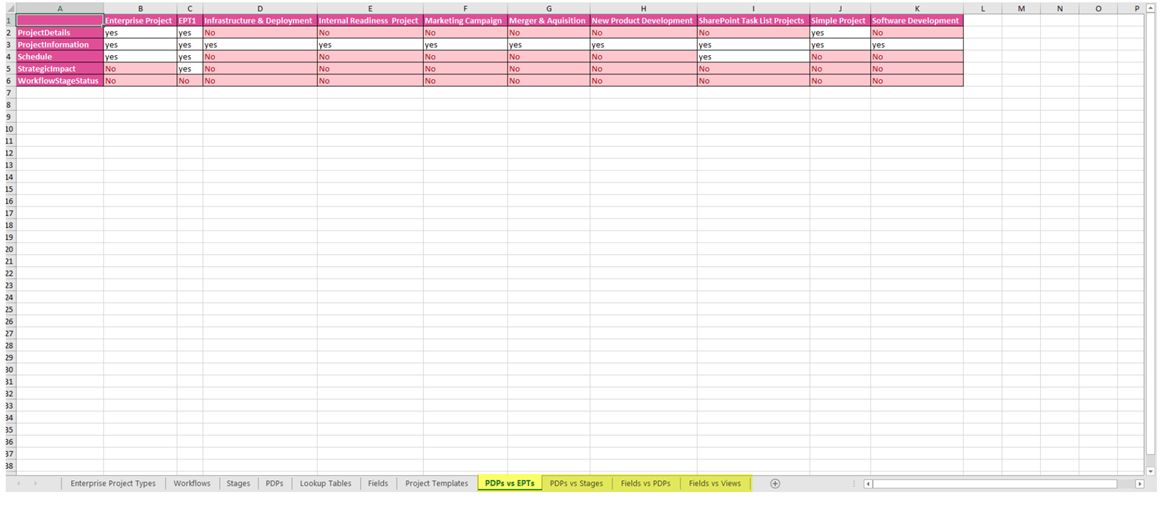
Focusing on a configuration audit is a useful mechanism to begin the dialogue on PPM improvement. While it is a technical step, a configuration audit allows for a broader discussion of all areas of PPM that can be improved, enabling PPM Healthcheck. Common questions include: i) What challenges are faced with our PPM capability? ii) how was the process defined?; why was it configured in its current state?; how can it improve? The introspection leads to a PPM Improvement Roadmap for the organization. With a longer-term continuously improving PPM capability, the benefits from PPM can be achieved for the organization.
Learn more about PPM improvement audit
by scheduling a free consultation










